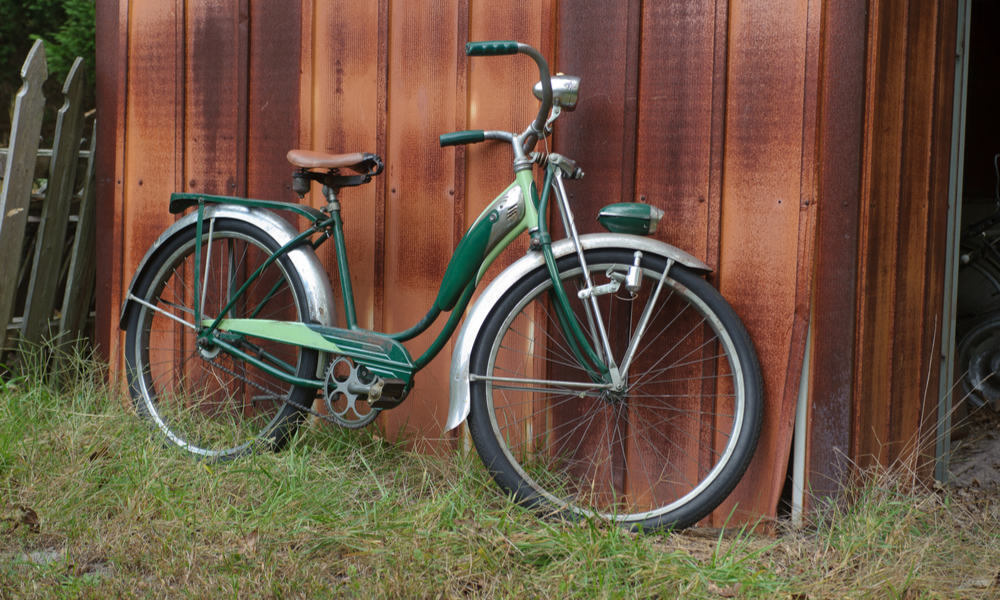From its humble beginnings as a wooden balance bike to the modern, high-tech machines we see today, the bicycle has undergone a remarkable evolution in terms of design. Let’s take a look at the history of bicycle design and how it has changed over the years.
The Early Days: The Draisine and the Penny Farthing
The first bicycle-like device, called a draisine, was invented by Karl Drais in 1817. It consisted of a wooden frame with two wheels and a handlebar for steering, but lacked pedals. Instead, riders would push themselves along with their feet. The design was refined in the 1860s with the invention of the penny farthing, which had a large front wheel and a smaller rear wheel, and pedals attached directly to the front wheel. This design was popular until the 1880s, when the safety bicycle was introduced.
The Safety Bicycle

The safety bicycle, invented in the 1880s, featured a chain-driven rear wheel and two wheels of the same size, making it much easier and safer to ride than the penny farthing. The diamond frame, which is still used in modern bicycles, was also introduced during this time. The safety bicycle was a major breakthrough in bicycle design and sparked a cycling craze that lasted for decades.
The 20th Century: The Rise of Mass Production
In the early 1900s, bicycles began to be mass-produced, making them more affordable and accessible to the general public. This led to a proliferation of new designs and features, such as multiple gears, suspension systems, and hand brakes. The folding bicycle was also invented during this time, making it easier to transport and store bikes.
The Modern Era: High-Tech Materials and Advanced Designs
In recent years, bicycle design has shifted towards high-tech materials and advanced designs. Carbon fiber frames, disc brakes, and electronic shifting systems are just a few of the innovations that have been introduced in the past few decades. Mountain bikes and road bikes have also become more specialized, with different designs and features tailored to specific types of riding.
The Future of Bicycle Design
As technology continues to advance, it’s likely that bicycle design will continue to evolve as well. Some experts predict that we will see even more advanced materials, such as graphene, used in bicycle frames. There may also be further integration of technology, such as sensors and GPS systems, to improve safety and performance. Whatever the future holds, one thing is certain: the bicycle will continue to play an important role in transportation and recreation for years to come.
- References:
- “The Evolution of Bicycles,” BikeExchange, https://www.bikeexchange.com/blog/evolution-of-bicycles
- “A Brief History of the Bicycle,” Smithsonian Magazine, https://www.smithsonianmag.com/history/a-brief-history-of-the-bicycle-1138/
- “The History of the Bicycle,” International Bicycle Fund, https://www.ibike.org/library/history-timeline.htm

